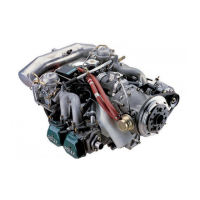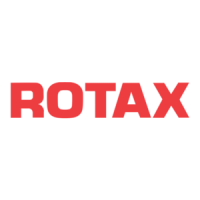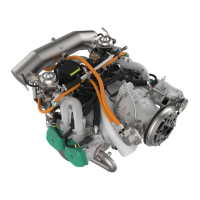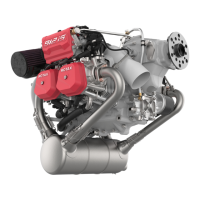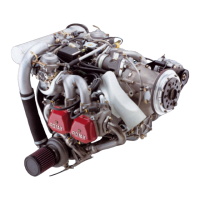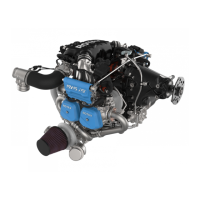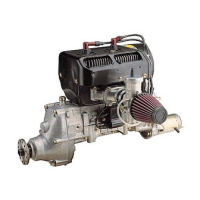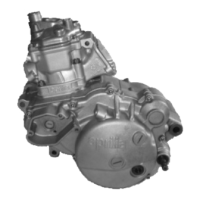before a solo flight. Flying any type of aircraft involves a cer-
tain amount of risk. Be informed and prepared for any situa-
tion or hazard associated with flying.
• A recognized training program and continued education for
piloting an aircraft is absolutely necessary for all aircraft pi-
lots. Make sure you also obtain as much information as possi-
ble about your aircraft, its maintenance and operation from
your dealer.
• Engine-specific training courses are provided by the author-
ized distributors according to manufacturer specifications
(iRMT).
Regulations
• Respect all legal requirements or local rules pertaining to
flight operation in your flying area. Only fly when and where
conditions, topography, and airspeeds are safest.
• Consult your aircraft dealer or manufacturer and obtain the
necessary information, especially before flying in new areas.
Instrumentation
• Select and use proper aircraft instrumentation. This instru-
mentation is not included in the ROTAX® engine package.
Verification to the latest regulations such as FAR or EASA
has to be conducted by the aircraft manufacturer.
Engine log book
• Keep an engine log book and respect engine and aircraft
maintenance schedules. Keep the engine in top operating
condition at all times. Do not operate any aircraft which is not
properly maintained or has engine operating irregularities
which have not been corrected.
Maintenance
(iRMT)
• Since special training, tools and equipment are required, en-
gine servicing shall only be performed by an authorized
ROTAX® aircraft engine distributor or their independent serv-
ice center. BRP-Rotax requires that any service or mainte-
nance work carried out and verified by a technician that has a
current iRMT rating.
• When the engine will not be operated for a longer period pro-
tect the engine and fuel system from contamination and envi-
ronmental exposure.
Engine operation
• Never operate the engine without sufficient quantities of oper-
ating fluids (oil, coolant, fuel).
• Never exceed the maximum permitted operational limits.
• In the interest of safety, the aircraft must not be left unat-
tended while the engine is running.
• To eliminate the risk of injury or damage, ensure any loose
equipment or tools are properly secured before starting the
engine.
Page 1-10
November 01/2016
BRP-Rotax Effectivity: 912 Serie
Edition 4 / Rev. 0
